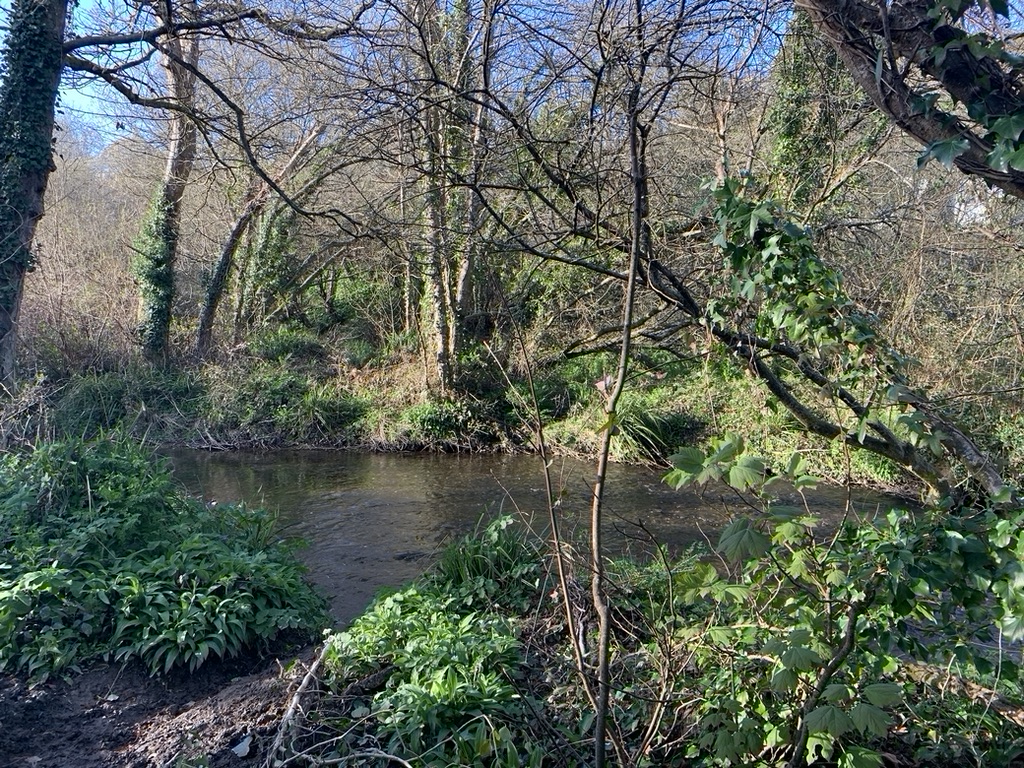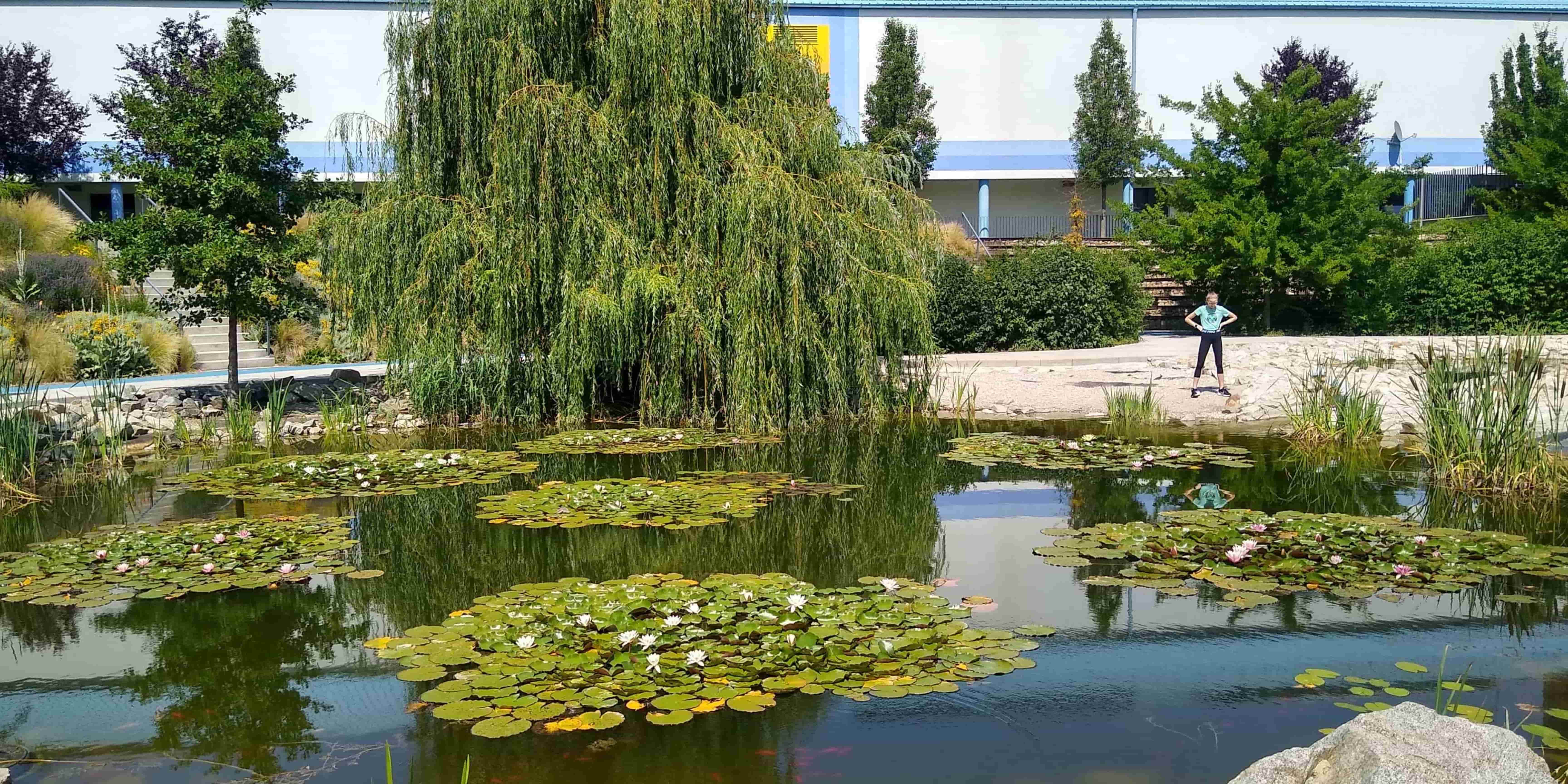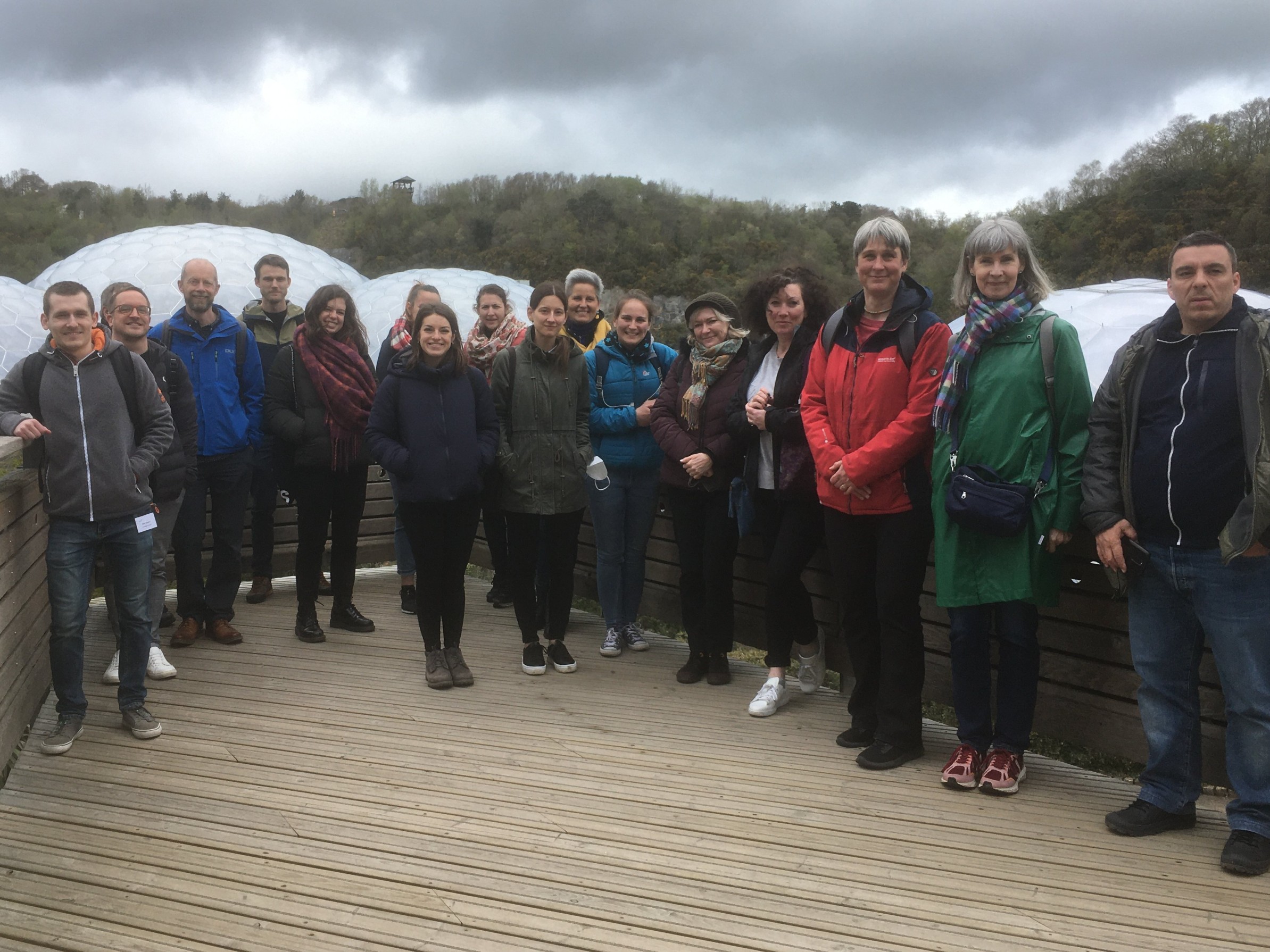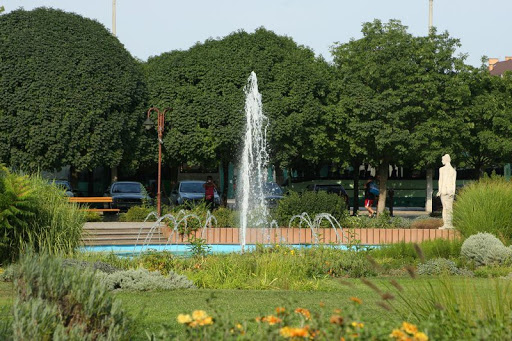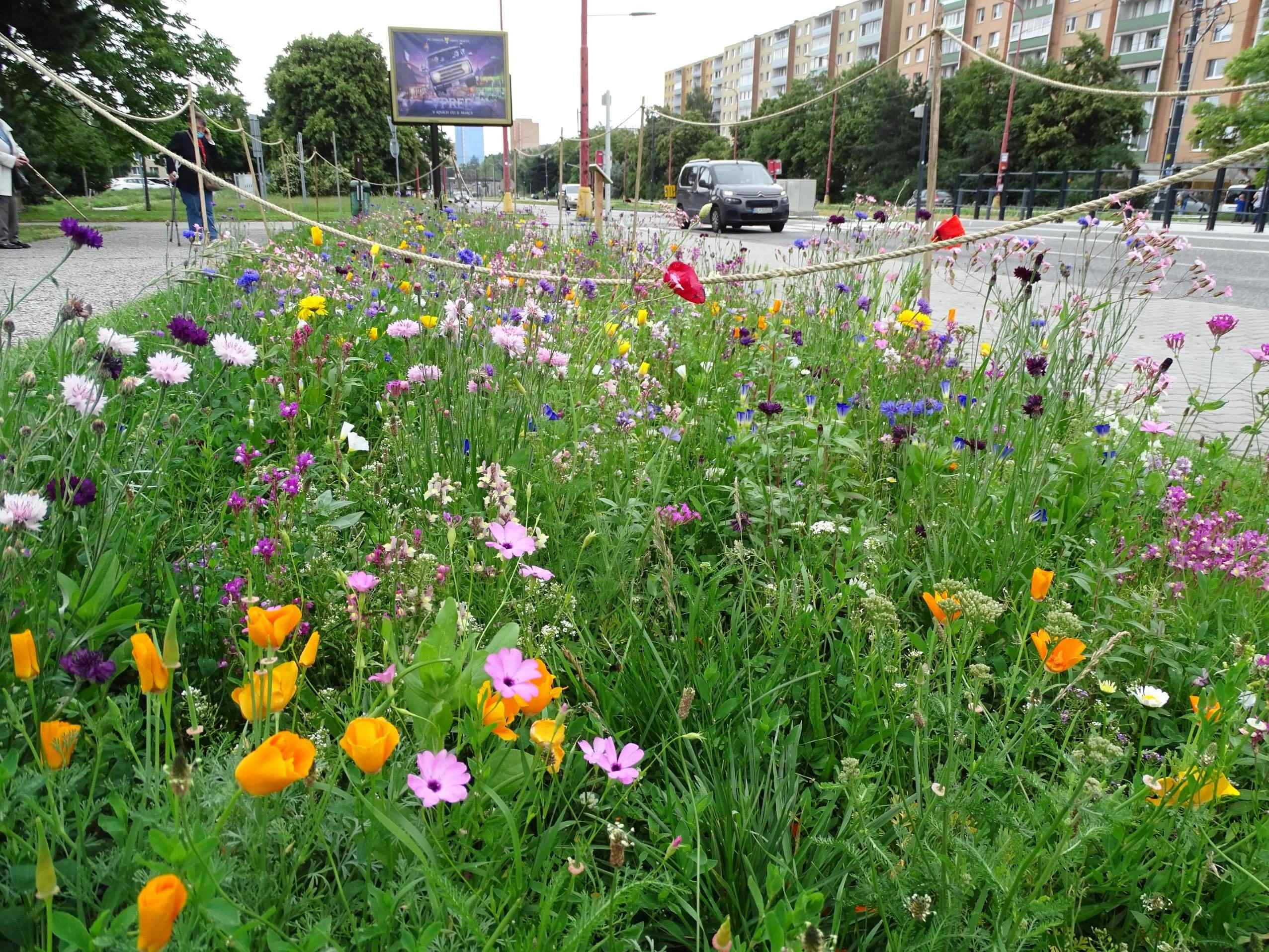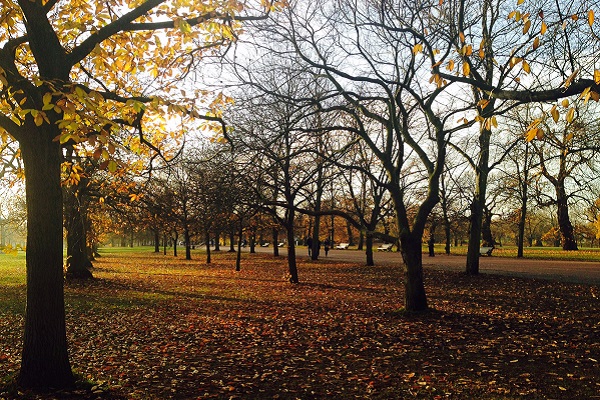The government in England has made an ambitious commitment to being, ‘the first generation to leave the environment in a better state than we inherited it’, and in January 2018 published a 25 Year Environment Plan (25YEP) setting out how it intends to make this happen.
The 25YEP sets out a compelling vision of the ways in which England’s environment should change for the better during the next quarter-century. Among other things: ‘…by 2030 we want all of England’s soils to be managed sustainably’; and, ‘…there are high quality, accessible, natural spaces close to where people live and work, particularly in urban areas’.
Underpinning the plan is a commitment to taking a ‘natural capital accounting’ approach to both policy making and investment. ‘Natural capital’ is a term used to describe the things that nature provides for free on which we – and our economies – depend. It includes fresh air, fertile soils, trees, biodiversity, fish, minerals, sunlight, and so on. ‘Natural capital accounting’ is a way of creating financial accounts that include the value of the natural capital used. As well as valuing assets, or things, natural capital accounting also values processes, or services. For instance, trees provide urban cooling and can reduce the effects of air pollution, both of which are valuable to society.
Because traditional accounting ignores natural capital, decisions are made that tend to deplete it, not enhance it, despite the fact that it is vital for our existence. For instance, council accounts show exactly how much it costs to look after street trees, but do not include the far larger value of the benefits the trees provide. So street trees are chopped down because they are ‘too expensive’ to maintain. Economists describe this as ‘market failure’, and by committing to incorporating natural capital accounting into national accounts by 2020 the government hopes to address it.
Many of the proposals set out in the 25YEP are, like natural capital accounting, still in development. Because of this the 25YEP is very strong on vision, but less clear about how the vision will actually be achieved. Much work has still to be done. For instance, the government agency, Natural England, is developing a set of standards for the quality and quantity of green infrastructure that will specify what good green infrastructure ‘looks like’. Creating standards such as these will be vital to making the vision in the plan a reality. Unless you can explain, very precisely, what ‘good’ looks like, you can’t expect it to be achieved by the many people and organisations that will need to collaborate to make it happen.
Because so much is still being developed, it is understandable that the 25YEP is full of phrases such as ‘government aspires to…’, or ‘we will try to…’. However, although it is understandable that such phrases are scattered throughout the plan, it is undeniably a weakness. With so much of the detail still to be developed, there is a clear risk that deadlines will slip, commitments be forgotten, or high aspirations be watered down. This is a particular risk given the time-span of the plan: a lot can happen in politics in 25 years.
Of course, making a profound improvement to England’s environment will take at least 25 years - so we should welcome the plan’s long time-frame, and be sympathetic to the fact that much of the technical detail has yet to be worked out. However, to ensure that its extraordinary vision is achieved, we will all need to be vigilant, keep an eye on the promises and aspirations in the 25YEP, and kick up a huge and very public fuss whenever the government – be it today’s government, or a future administration – quietly decides not to implement something because it is politically too difficult. Will the 25 Year Environment Plan be a success? It’s up to us to make sure that it is.
Julia Thrift, Projects and Operations Director, Town & Country Planning Association



